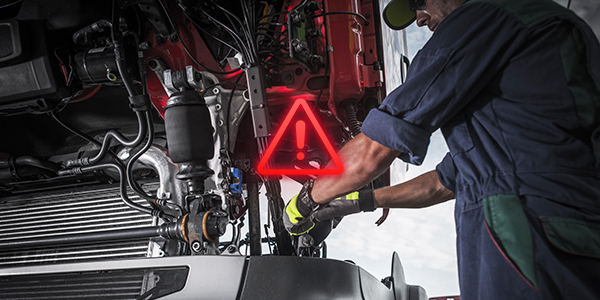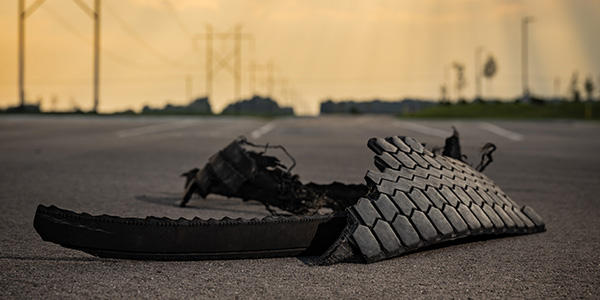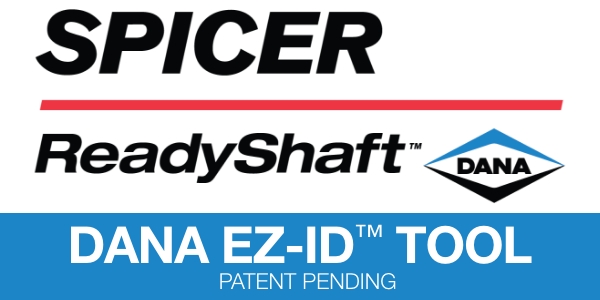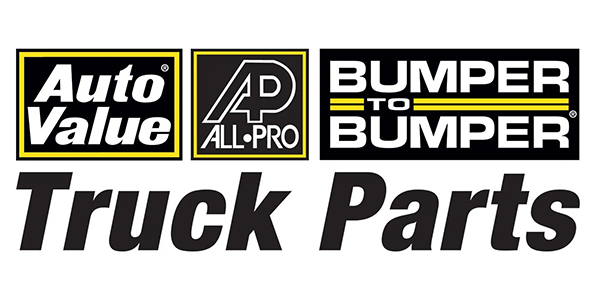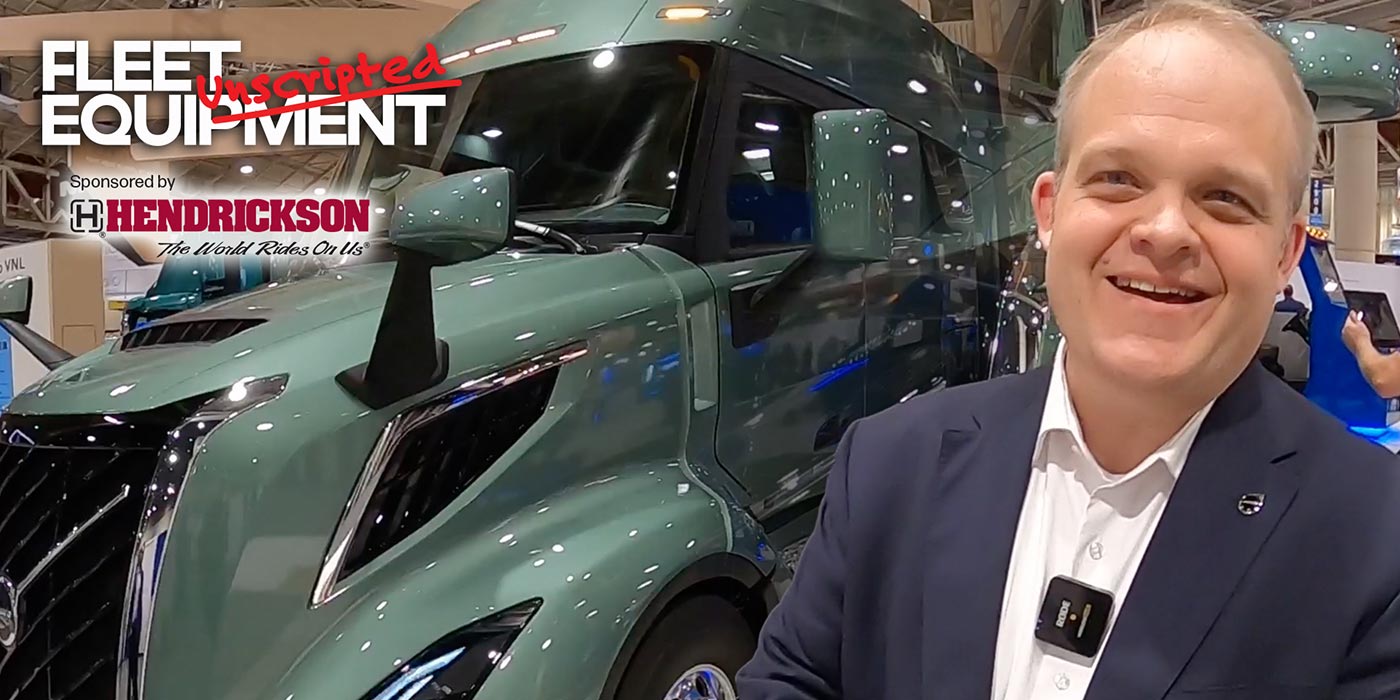Every fault code alert can feel like a maintenance mystery—a “whodunit” of symptoms that service sleuths have to parse through to find the root cause of the issue. Consider a fault that indicates the engine is losing power. The check engine light comes on, the truck de-rates and the first question in the service-minded process is: Why?
“You hook up a computer to your diesel engine computer, you find the fault codes and the fault codes tell you that you have low fuel pressure,” noted Brian Terry, field service engineer, Fleetguard. “That’s usually one of the triggers that makes you look at a fuel filter and try to understand if it’s plugged up. There’s a number of causes for low power, but fuel filtration plugging up is definitely one of those high up on the list that you want to look at.”
Finding those solutions fuel the excitement of truck service while simultaneously twisting stomachs into knots. As truck repair times continue to trend longer and longer, getting to the root of the service issue as quickly as possible is half the battle.
“Rough idling and excessive vibration means you’re struggling to get fuel to the fuel system to burn properly,” Terry explained. “Those are the seat-of-the-pants kind of situations that let you know that you might have a problem with your fuel filter plugging.”
When it comes to finding filtration-related service issues, Terry recommended sticking to the basics.
“The biggest recommendation is to follow the OEM recommendations,” he noted. “Those have been established over time through experience, history, customer complaints and field testing. We work with our engine group to help establish service intervals, and oftentimes that’s through actual testing. The OEM recommendations should get you where you need to be.”
Of course, like most truck equipment, filters are getting smarter thanks to technology. For its part, Fleetguard offers FleetguardFIT™, a real-time filtration monitoring system that provides visibility to filter life through the use of intelligent sensing and advanced data analytics, enabling them to proactively detect problems.
“It allows users to accurately see usable filter life and predict what kind of life you’ll have out of air, lube and fuel filtration,” Terry confirmed.
FleetguardFIT™ uses sensors, a control module, and existing telematics services to collect and communicate filter and oil life information in real time. A subscription portal and a mobile app are also available for equipment condition data reports that are actively monitored for the user.
In addition to data-centric technology, spec’ing high-quality filters is always a good idea.
“We offer a broad product portfolio to meet your needs and equipment applications,” said Jim Smith, Fleetguard field service engineer, “which includes filtration for extended service intervals or higher capacity. For instance, if a standard part has cellulose media, the next upgrade might have synthetic or an even better grade of media. We have a standard version, a magnum version, which has more pleats and more capacity, and then a Nanofiber option as a premium upgrade.”
Click here to learn more about Fleetguard filtration options.

